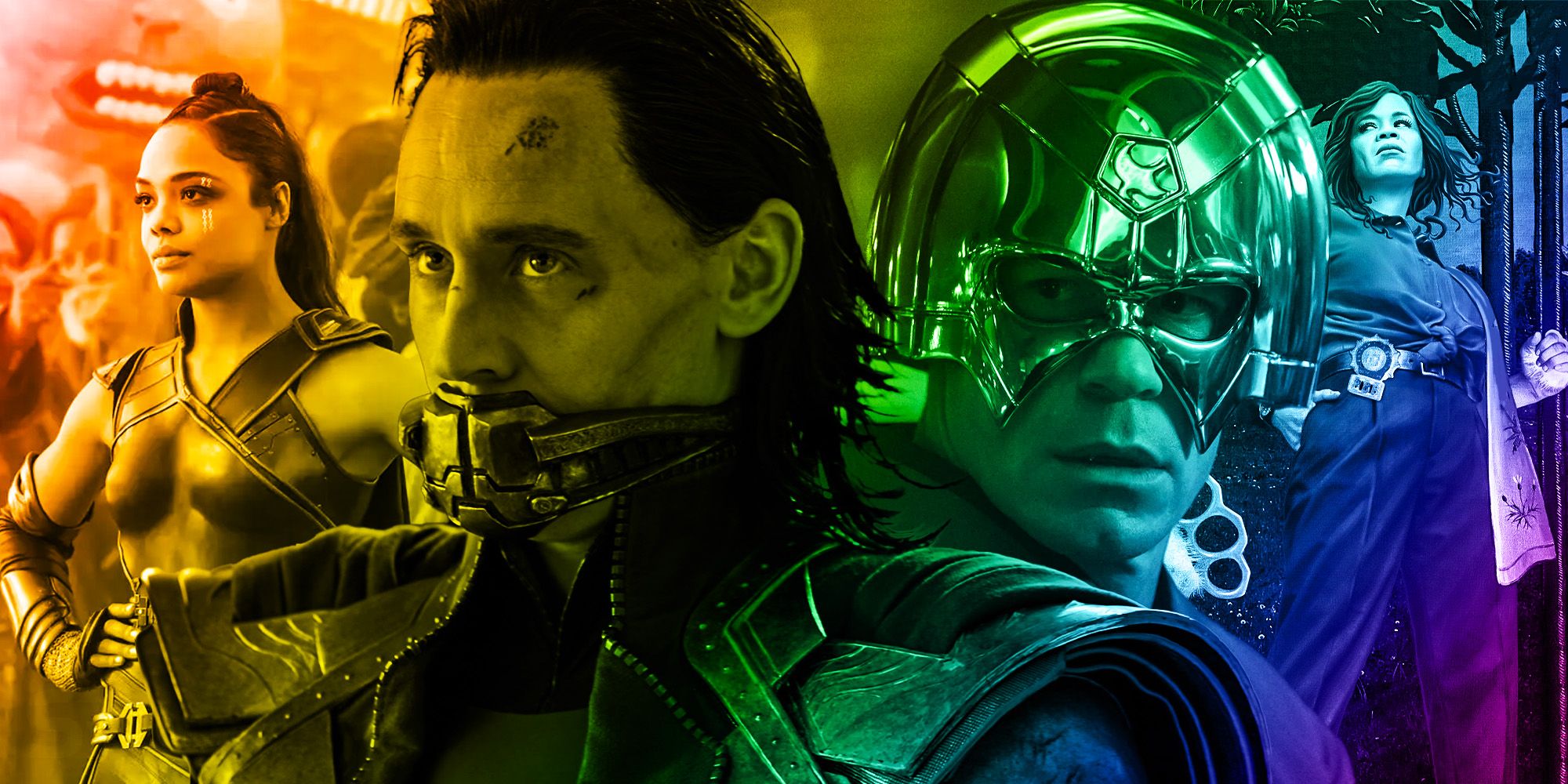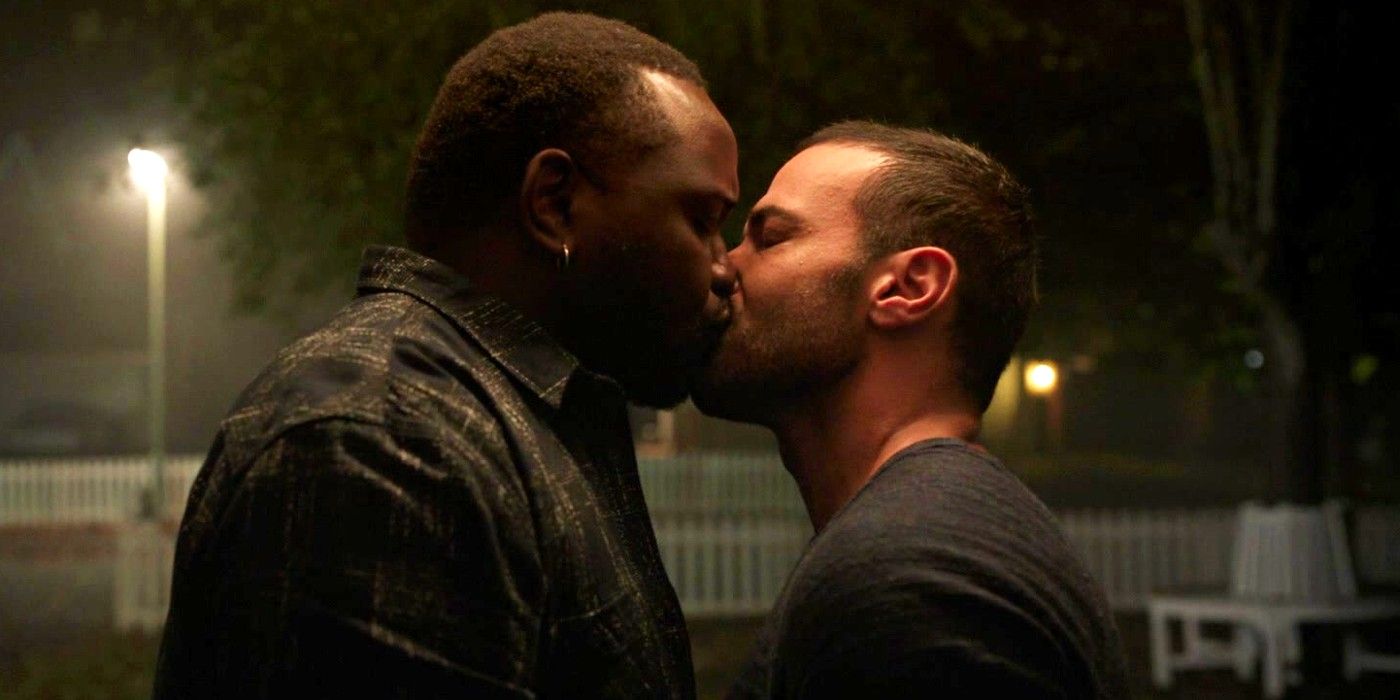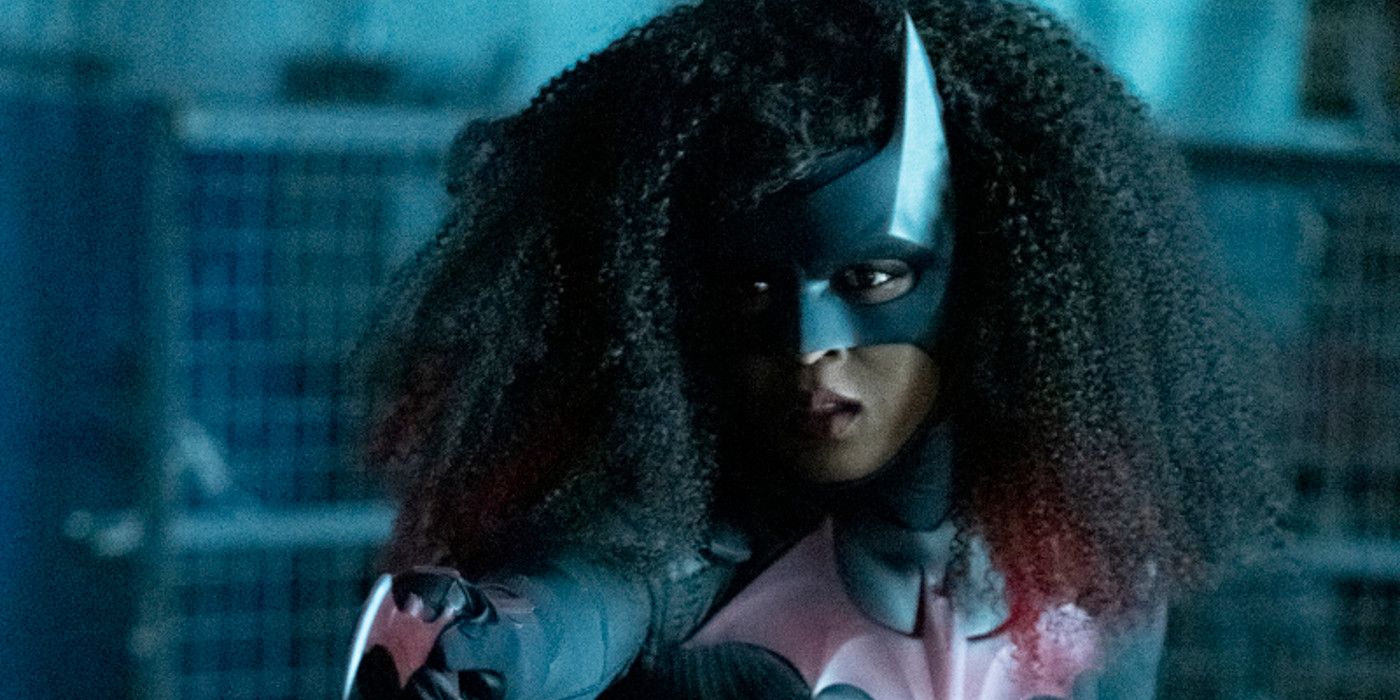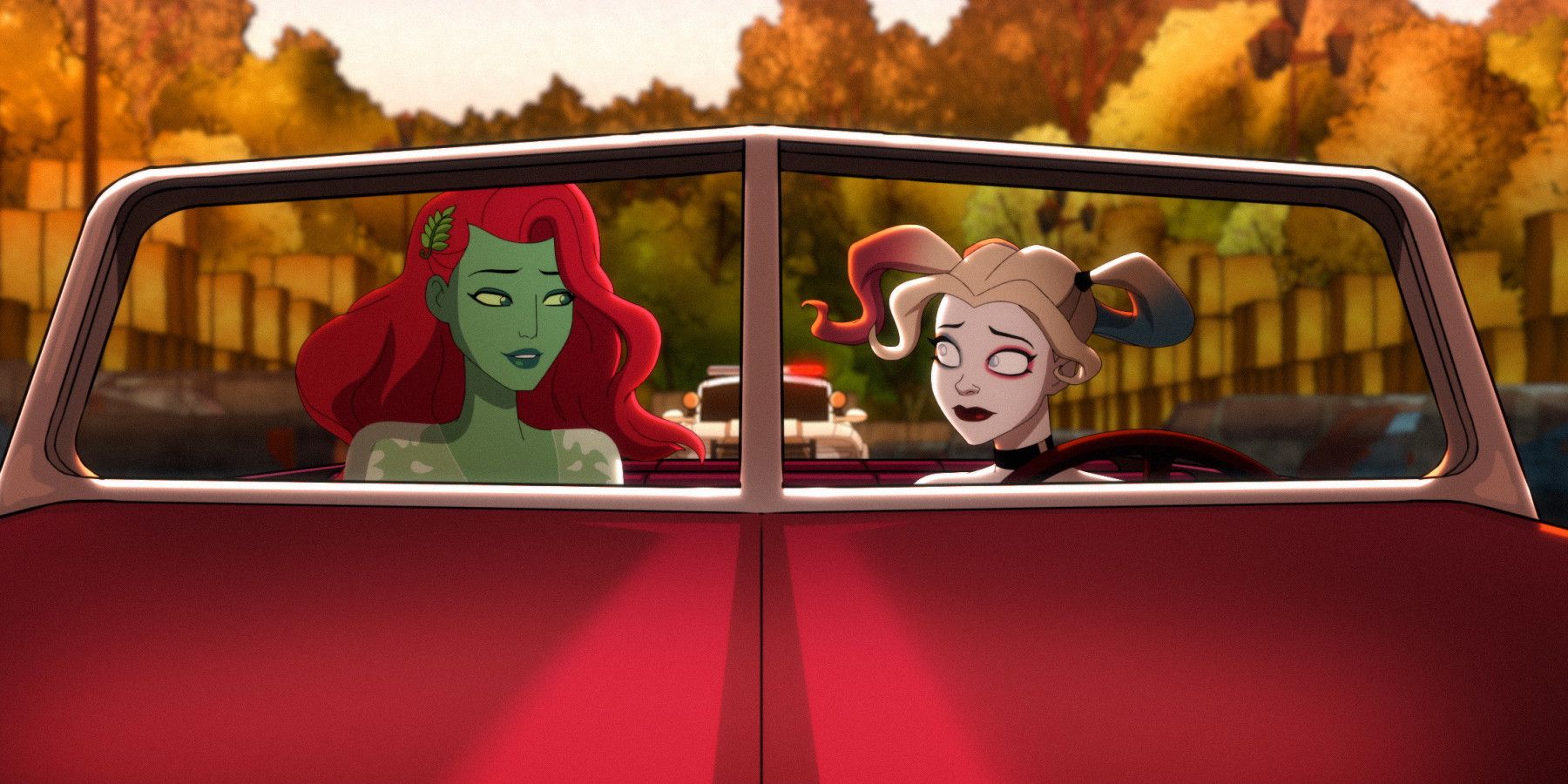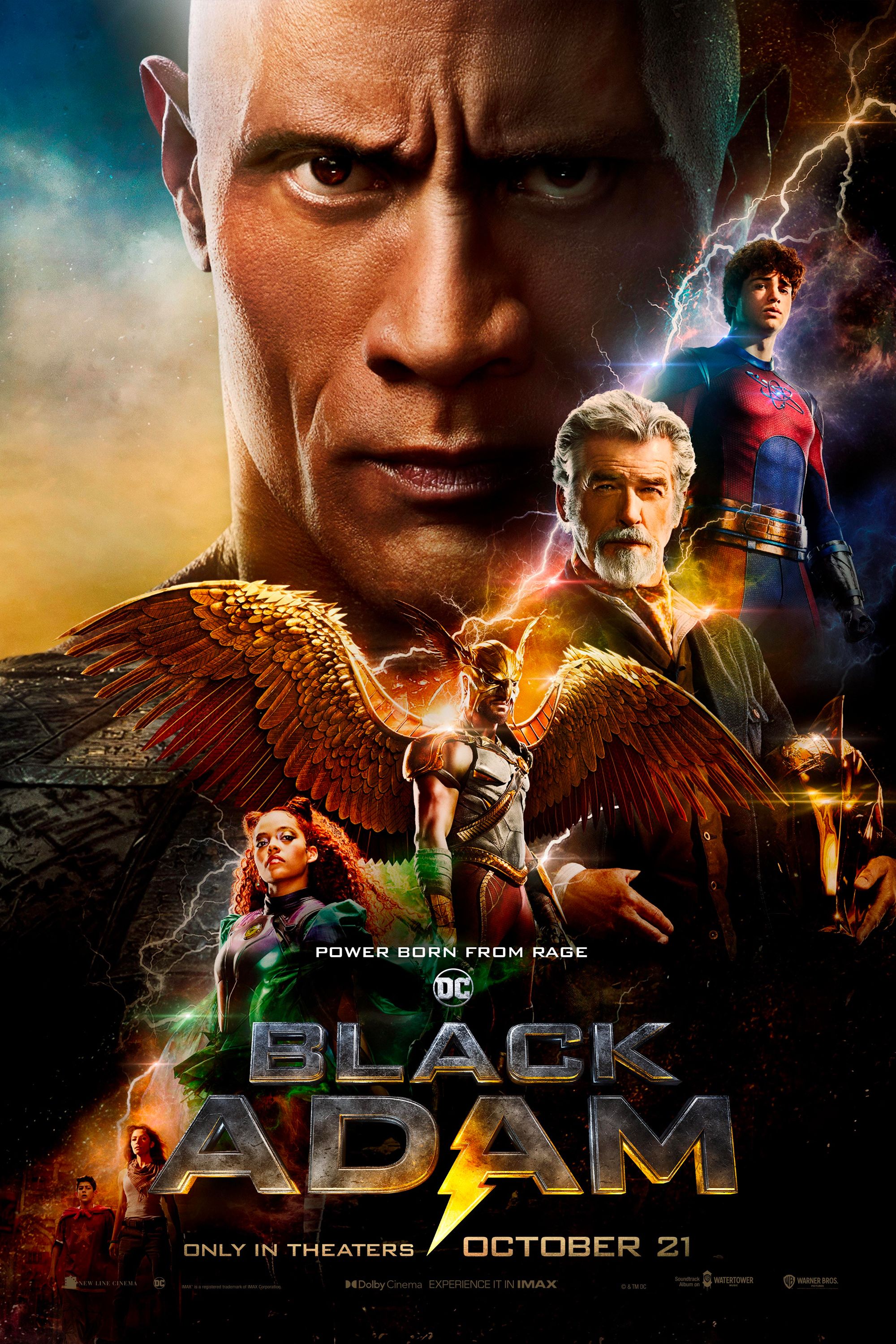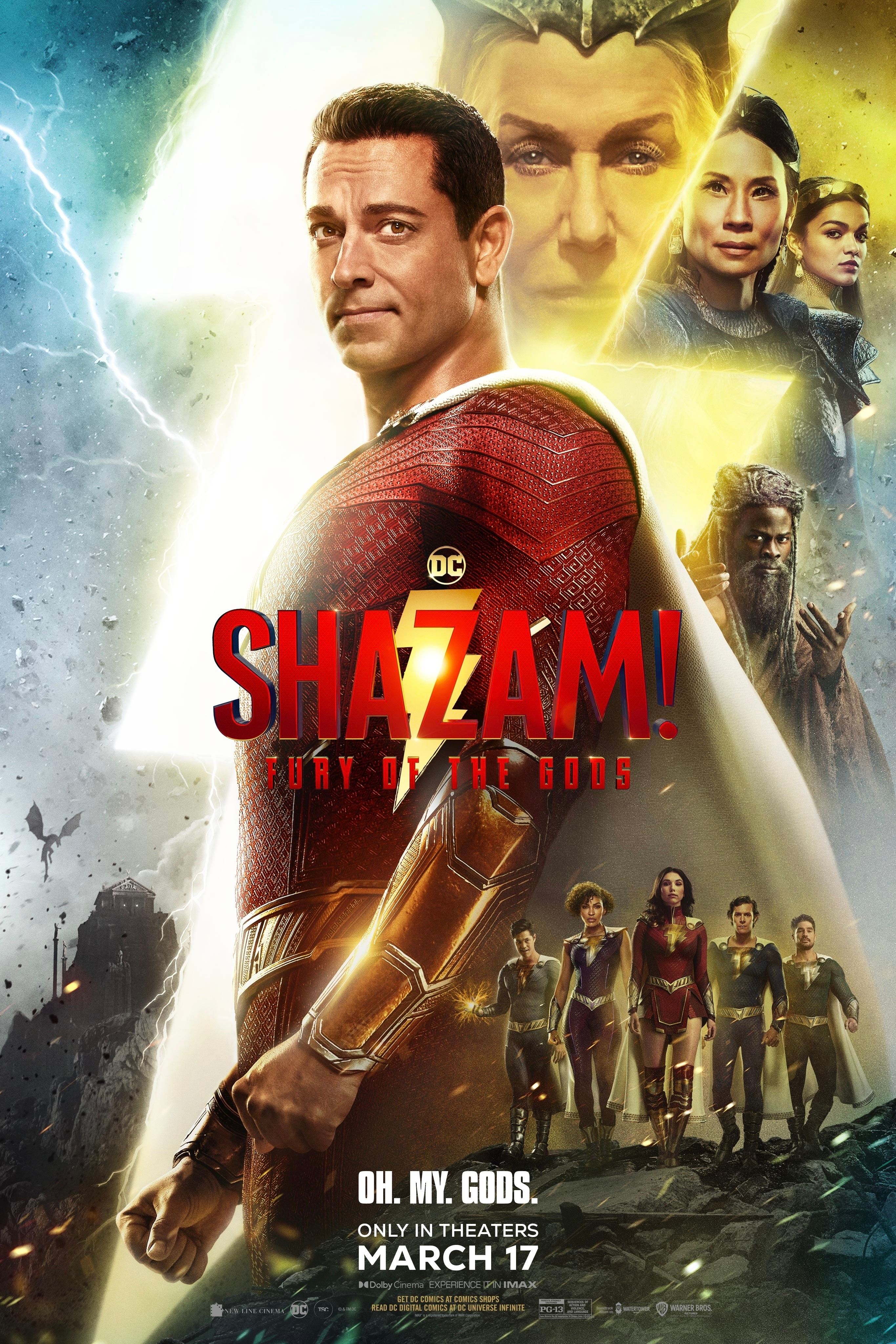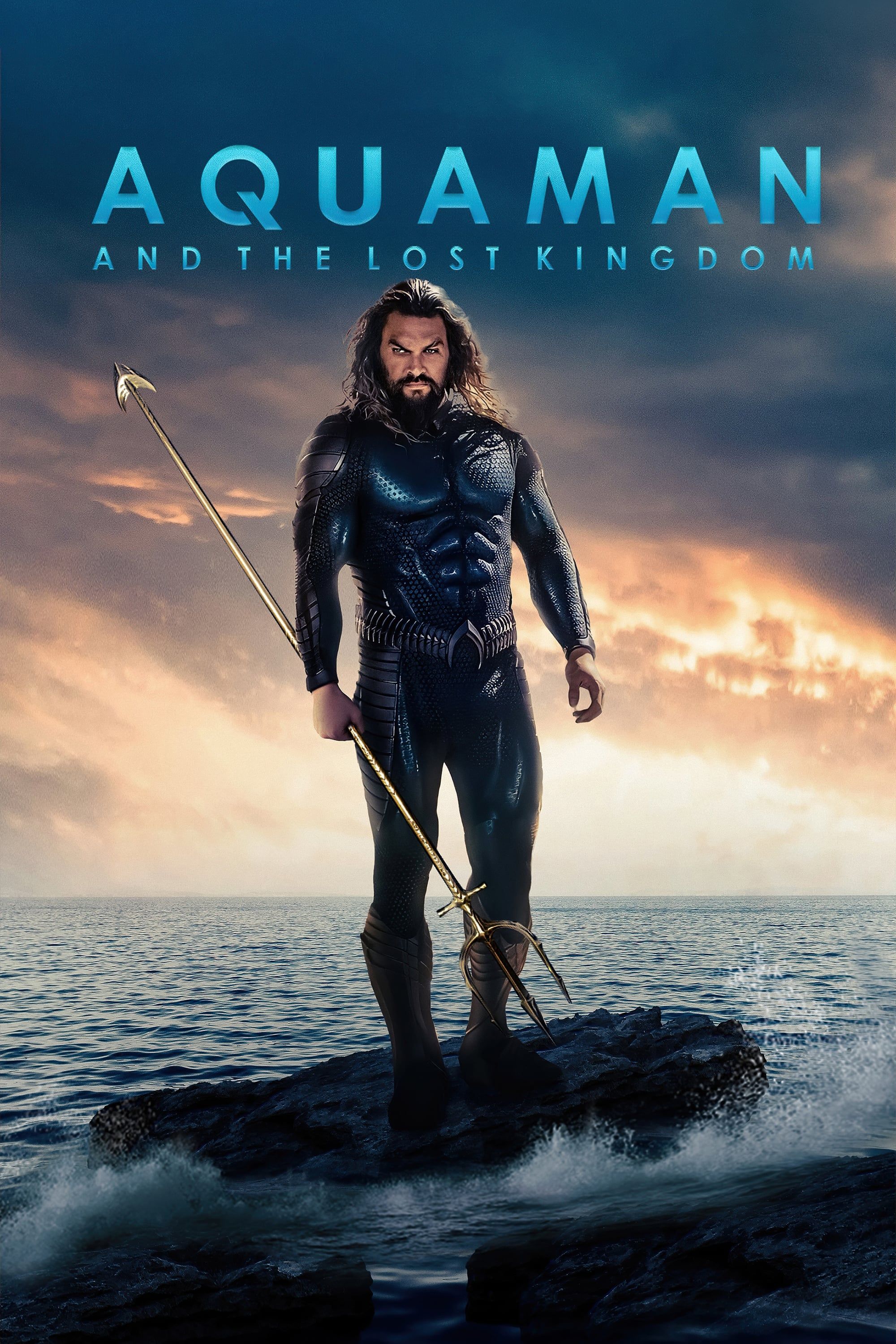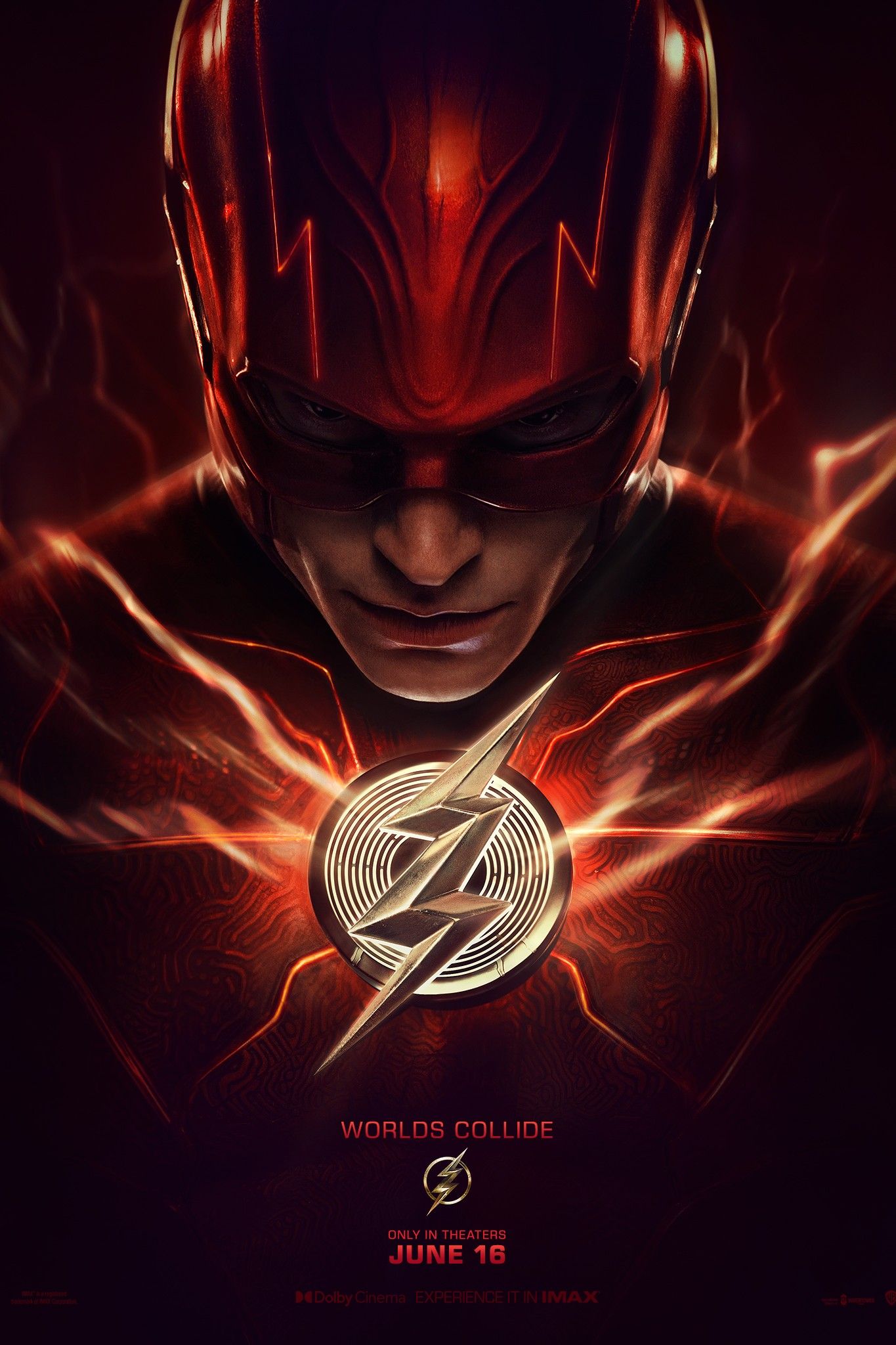In the year 2022, there are more LGBTQ+ superheroes on screen than ever, but is Marvel or DC better at queer representation? With promises of an openly bisexual Valkyrie in the upcoming Thor: Love and Thunder, following in the wake of America Chavez's parents in Doctor Strange in the Multiverse of Madness, Marvel may come across as the more inclusive one. Yet, both Marvel and DC have struggled to include good LGBTQ+ representation in their movies, TV shows, and animated works, with varying levels of success.
One of the first openly gay superheroes in a comic book was the Marvel X-Men character Northstar, who made his debut in 1979. Northstar was the first gay character to come out in a Marvel comic book and was part of the first same-sex wedding in a mainstream comic when he married his husband in 2012. Since Northstar, both DC and Marvel have introduced many iconic characters who were written or rewritten as LGBTQ+.
Unfortunately, that has not always translated to their depictions on screen. The MCU and DCEU, both of which seek to appeal to as wide of an audience as possible, have been especially lacking in openly LGBTQ+ superhero characters despite the plethora available to choose from in the comics. Yet, when comparing the franchises to each other, is Marvel or DC better at queer representation?
LGBTQ+ Representation: MCU Vs. DCEU
The MCU has been criticized for years for its lackluster LGBTQ+ representation. Characters who are canonically queer in the comics have had their sexualities glossed over or ignored in the films, such as Valkyrie in Thor: Ragnarok and Star-Lord in both Guardians of the Galaxy movies. Even the first openly gay MCU character was an unnamed man who appeared only briefly in a support group with Captain America in Avengers: Endgame.
Yet, more recent releases have slowly begun changing that, thanks in large part to Eternals and Doctor Strange in the Multiverse of Madness. The Eternal Phastos shared the first same-sex on-screen kiss with his husband in the MCU, and in Doctor Strange 2, America Chavez talked openly about her two moms, who were seen briefly in the film. America also wore a pride pin on her jacket throughout the movie, but it wasn't clear if the pin was simply in support of her parents, or if it was meant to be a subtle nod to her own sexuality. America is canonically a lesbian in the comics, but Doctor Strange 2 did not address it. Over the entirety of the MCU so far, these moments are disappointingly small, but it is still more than the DCEU has done.
Despite the many LGBTQ+ characters in DC Comics, the DCEU remains overwhelmingly straight. Wonder Woman, who is canonically bisexual, has never once alluded to it in either her solo or team-up films, nor have any of the other Amazons ever suggested they may be queer themselves. Another bisexual character, Harley Quinn, kept her sexuality more or less to herself in her live-action appearances. Her solo film Birds of Prey and the Fantabulous Emancipation of One Harley Quinn teased her bisexuality with some subtle flirting and a hint in her intro sequence, but nothing more. Yet, the movie did include the lesbian woman Renee Montoya, who fought with her ex on more than one occasion. DValkyrie's LGBTQ+ romance in Thor: Love and Thunder hold true.
Marvel TV Vs. Arrowverse Representation
Marvel TV has incorporated a decent number of queer characters into its stories over the years, but very few of them have openly acknowledged their sexuality. For instance, WandaVision introduced Scarlet Witch's two children, who are both queer in the comics, but their sexualities were not explored in the show. Another LGBTQ+ character in Marvel TV whose sexuality was ignored was Kate Bishop, who was conveniently too busy during her Disney+ debut in Hawkeye to ever mention any romantic history. Corrupt lawyer and out lesbian Jeri Hogarth did have several relationships throughout her appearances in the Netflix Marvel shows, even though none of them ended particularly well.
The only other openly queer characters were Kate's LARPer friend Wendy Conrad, who mentioned having a wife in a throwaway line in Hawkeye, and Loki from his own Disney+ series. Loki is bisexual and genderfluid in the comics, and many LGBTQ+ viewers were excited by the promise that Loki would explore its lead's queerness. Yet, this promise boiled down to a single conversation he had with his female variant Sylvie, in which they both admitted to being interested in more than one gender. Not only did their subtle allusion to would-be princesses or princes disappoint viewers, but Loki later seemed to outright contradict the character's genderfluidity by cracking a joke at the unlikelihood of a female Loki variant.
These tiny moments of representation don't hold a candle to the Arrowverse. Its first queer character was introduced in Arrow season 2 when Sara Lance revealed she was bisexual, and since then, Arrow and its many spin-off shows have included numerous LGBTQ+ characters. Sara later became a main character in DC's Legends of Tomorrow, where she eventually fell in love with and married another woman. Supergirl not only featured a prominent lesbian relationship, but also had its introduced the first trans hero on TV, Dreamer, authentically portrayed by a trans actress (Nicole Maines). These characters and their relationships weren't always represented in the best way, but the Arrowverse was often the first to even attempt to include these identities in a meaningful way, and they also weren't afraid to learn from their mistakes and adapt with time.
Batwoman had its first LGBTQ+ superhero starring in her own show, instead of just being a supporting character in someone else's story, and Kate Kane's queerness felt a lot different from many of the other Arrowverse characters in a refreshing way. The Arrowverse has included many queer heroes of color as well, such as Black Lightning's Anissa Pierce and Batwoman's Ryan Wilder, who took over for Kate in season 2. While its connection to the Arrowverse is sometimes forgotten, Doom Patrol has followed the trend of LGBTQ+ representation in DC TV shows in spades. The show stars Matt Bomer and Matthew Zuk as Larry Trainor/Negative Man, a gay superhero, and the genderqueer Danny The Street (later Danny The Brick and Danny The Ambulance) uses they/them pronouns and provides a home for people shunned by society. Even the DCEU gets a nod for its first TV entry where James Gunn confirmed John Cena's Peacemaker as the DCEU's first openly queer superhero. The genuine LGBTQ+ representation in the Arrowverse makes Marvel's television attempts feel even more lacking in comparison.
Queer Rep In Marvel & DC Animated Adaptations
The majority of Marvel's animated works follow a similar pattern to its live-action by mostly ignoring any characters' queer identities. Although Marvel has had many animated shows and movies over the years, only one has had true LGBTQ+ representation. The animated film Marvel Rising: Secret Warriors was actually the first time America Chavez's parents were introduced on screen. Although the Marvel Rising franchise featured several characters who are part of the LGBTQ+ community in the comics, America's moms were the only openly queer ones in the animated film, and just like with Doctor Strange 2, they only showed up briefly. Other than this quick moment, Marvel's animated stories have been fairly lacking in queer content.
As with their TV shows, DC's animated adaptations contain a lot more LGBTQ+ representation. Before Kate Kane's live-action debut, the character appeared in the animated movie Batman: Bad Blood, which showed her in a relationship with another woman. Animated shows like Young Justice and Harley Quinn featured several prominent queer characters as well. In Young Justice, Aqualad was shown to be in a relationship with another Atlantean man, and Halo came out as nonbinary. In Harley Quinn, season 2 ended with Harley and Poison Ivy becoming a couple after spending much of the season conflicted about their feelings toward each other.
Although Marvel has made a bit more progress with LGBTQ+ representation in its mainstream films, DC continues to dominate on the small screen. Not only in its live-action TV shows like the Arrowverse, but also in DC's animated properties, the franchise has not been afraid to include LGBTQ+ characters who are openly and unapologetically themselves. Perhaps having less of a cohesive universe than Marvel has better allowed DC projects to explore themes that its counterpart cannot. Marvel's efforts to be a more unified brand, especially by connecting many of its TV shows to the movies, have hurt them in this regard. Their constant desire to appeal to everyone prevents them from ever straying too far from the "family-friendly" mold they've created, and sadly only really serves to limit what they can do.
Want more LGBTQ+ Content? Check out our essential reading below...
- Why The Owl House Season 2 Is The Next Step For LGBTQ+ Animation
- Star Wars' New Novel Shows How Bad The Movies Fail At LGBTQ+ Representation
- Is Priya Queer? Turning Red May Have Pixar's 2nd LGBTQ+ Character
- Star Wars Is Fixing Rise Of Skywalker's LGBTQ+ Mistake
- Frozen 3 Should Make Elsa's LGBTQ Identity Canon (But Not With A Partner)
- Ben Whishaw Is Right About Q’s LGBTQ Nod In No Time To Die
- Eternals Was The Perfect Story To Bring LGBTQ+ Identities To The MCU
- Star Trek: A Queer History Of The Franchise
- Best LGBTQ+ TV Shows On Amazon Prime Right Now
- Best LGBTQ+ Movies On Amazon Prime Right Now
- Best LGBTQ TV Shows On Netflix Right Now
- Best LGBTQ+ Movies On Netflix Right Now

